Our History
From humble beginnings and throughout our history, Liberty Hardware has experienced decades of industry and cultural change that has influenced our leadership in both design and innovation.
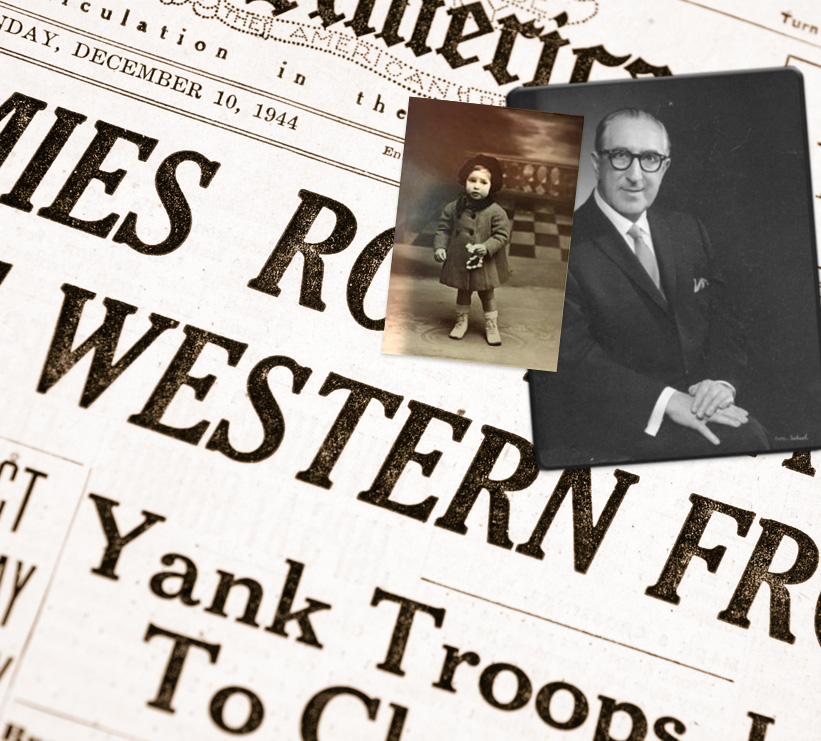
The 1940s
For the second time in 25 years, the world is at war with great consequence for Jews who call Europe's mainland home.
The 1950s
It's the birth of consumerism for Americans rebounding from the hardships faced during the war. Housing prices were affordable, leading to the birth of suburban living. Televisions become commonplace, with shows featuring kitchens that were bright, sunny, and showcase fancy appliances that families could afford for the first time.
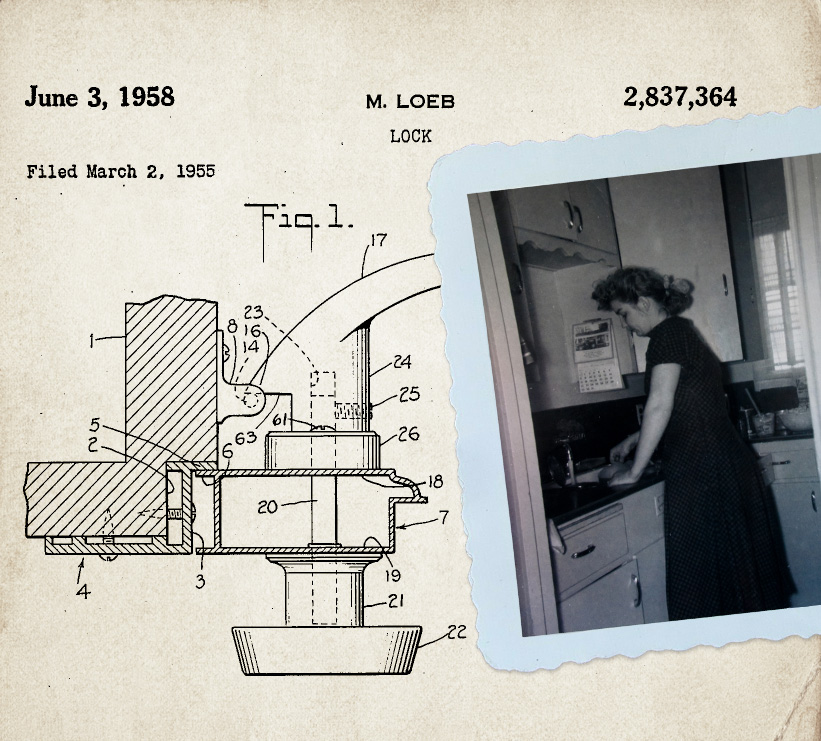

The 1960s
The 1960s saw a dramatic change in home and interior decorating styles. Modern, almost space-age design is the most popular style for decorating, with shiny, chrome accents highlighting the home. Design moves away from the conservative 50s to a more liberal finesse.
The 1970s
Home designs in the 1970s revert to more traditional styles, using polished brass finishes that add a rich accent to warm wood and earth tones. Designers begin to think about the human factor, the ways in which people use their homes.
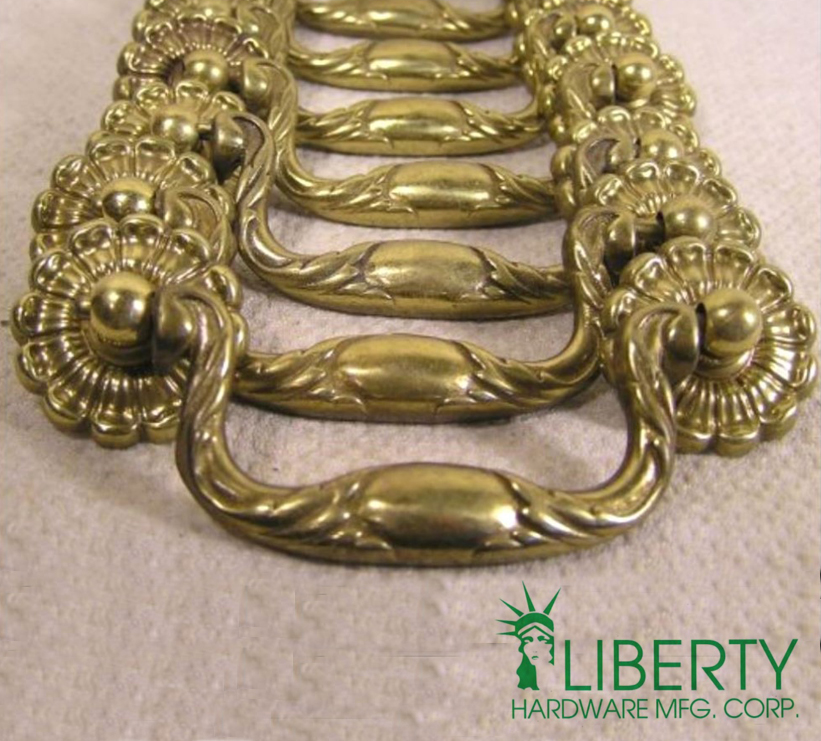

The 1980s
The decade is one of decadence, with pop culture TV shows like “Dynasty” and “Dallas” becoming an influence for looks that are polished, glittering and over the top.
The 1990s
The internet begins to influence society on a grand scale, decisively changing consumer attitudes and the retail environment. This major shift births a sort of renaissance in the home. Retailers such as The Home Depot and Lowe's are growing at tremendous rates, giving Liberty a new opportunity to sell hardware to consumers.

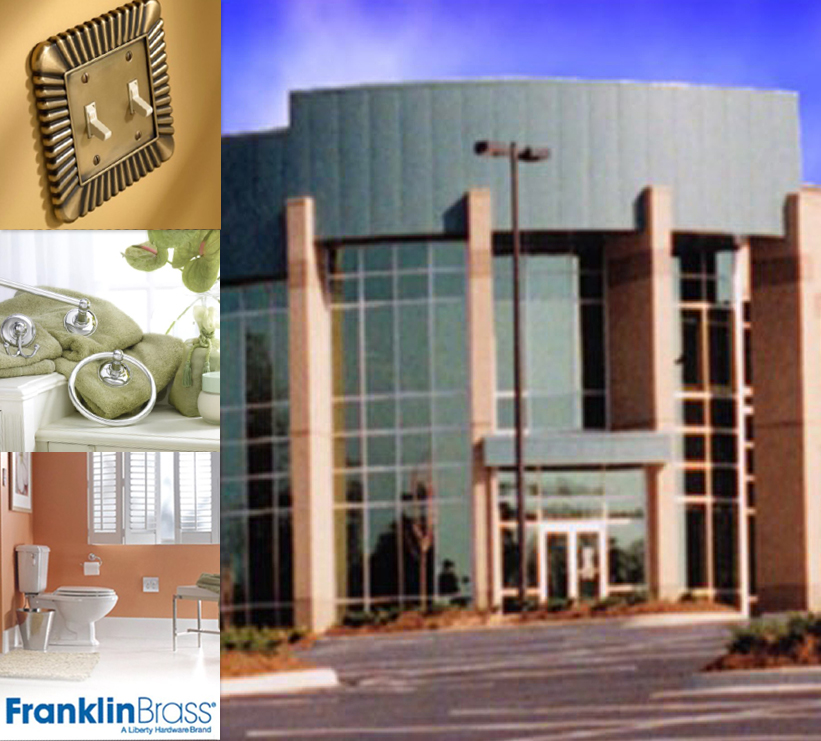
The 2000s
It's a time of expansion and growth at Liberty Hardware as the country experiences a surge in patriotism stemming from 9/11. Due to the sharp decline in travel, there's a resurgence of nesting.
The 2010s
Liberty Hardware launches a wholehearted innovation effort, finding new ways to help the customer transform their house into a home.
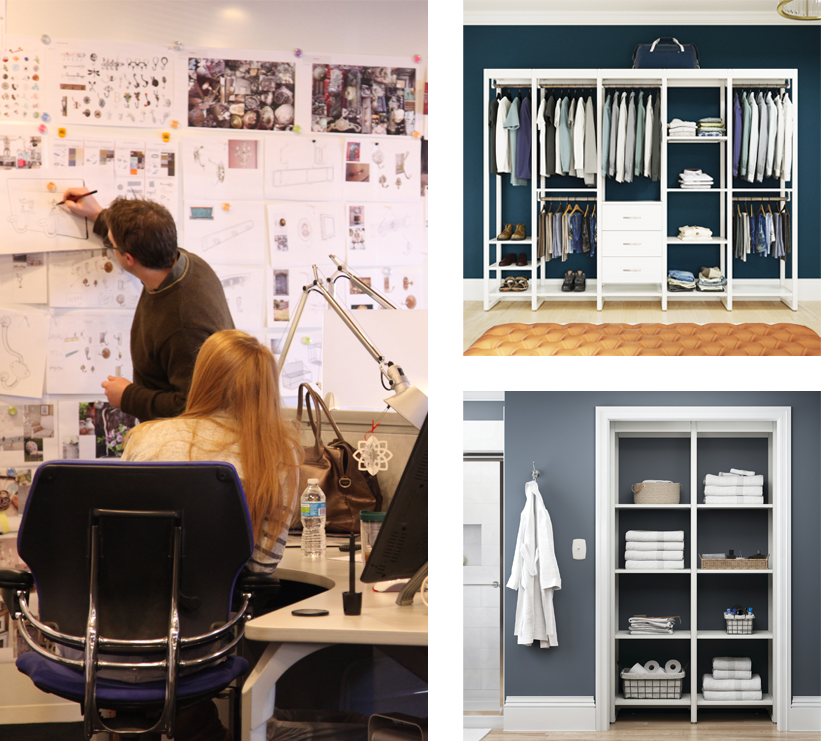
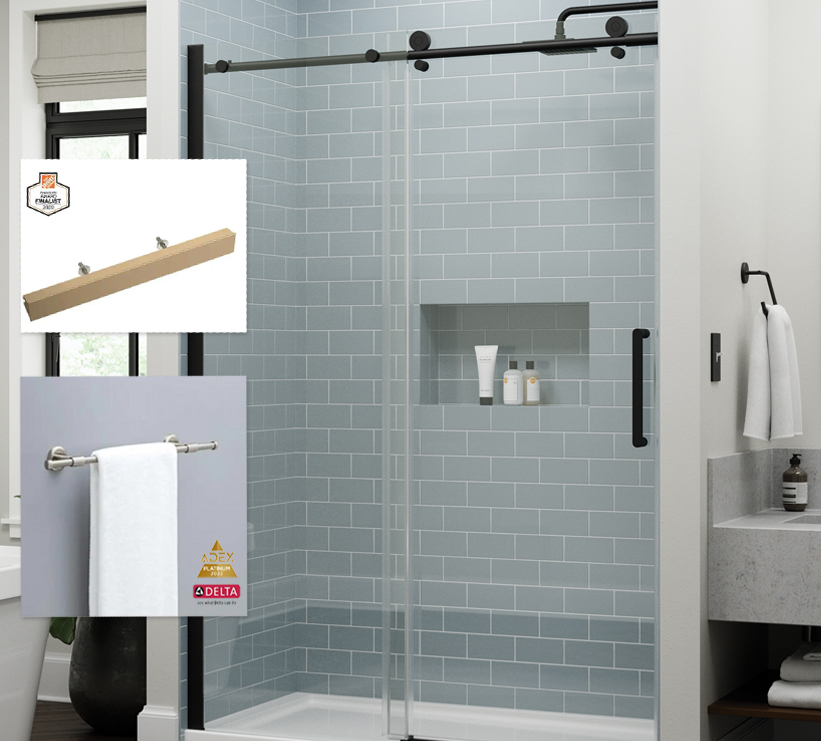
The 2020s
Liberty Hardware expands into the online retail space and continues to innovate, which pays off in prestigious design awards.
LET'S CONNECT
Do you have questions or comments about any of our products?
We want to hear from you.